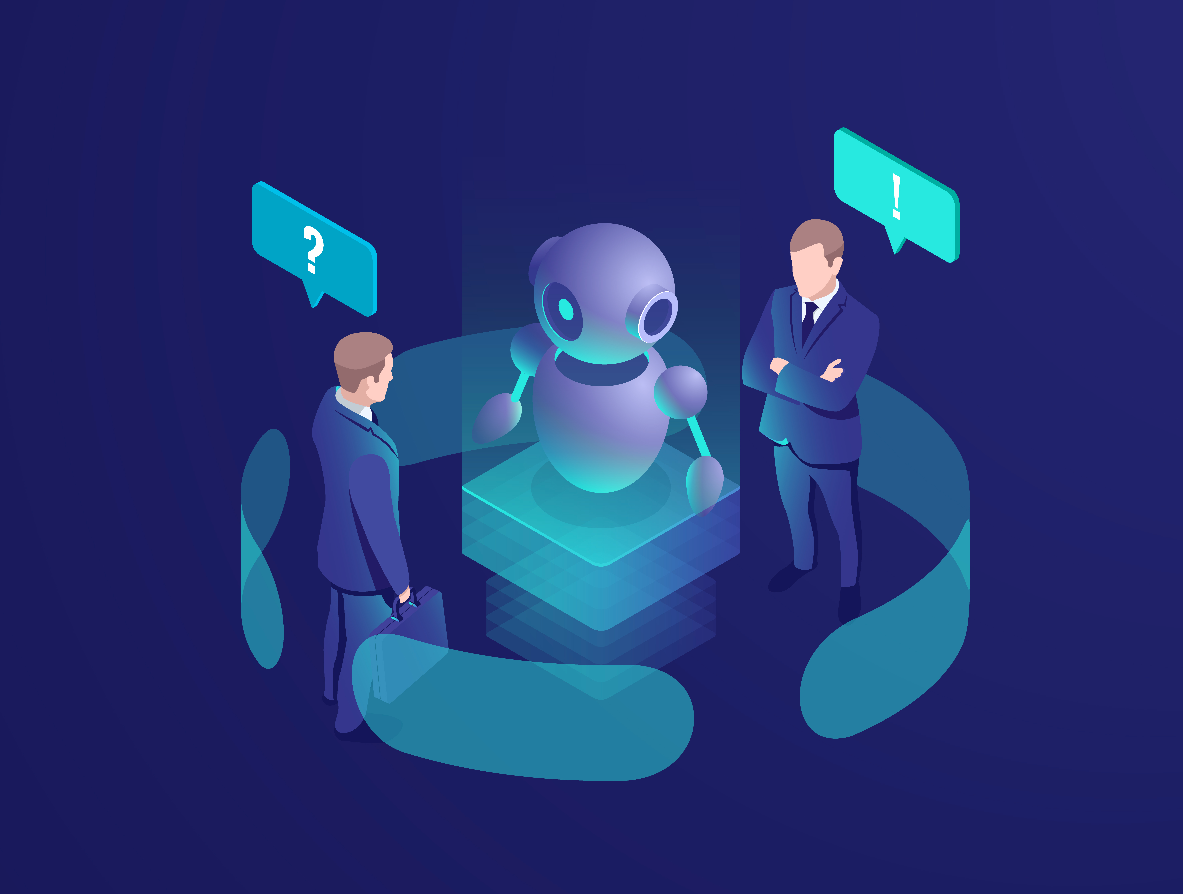By
AgilePoint
November 6, 2025
•
7
min read

AI workflow automation combines artificial intelligence with process automation to handle data, make decisions, and move work across systems without manual effort. Unlike traditional automation tools that follow rigid rules, AI can understand context, adapt, and improve over time. This shift helps organizations automate complex processes and scale faster with fewer errors.
AI workflow automation uses AI models such as machine learning, vision, and language to analyze information, predict outcomes, and trigger actions across business workflows. It bridges traditional automation gaps by handling unstructured data, text, and images. Compared to Robotic Process Automation (RPA), it moves beyond screen scraping to real AI-driven automation that can understand human language and make real-time decisions.
With modern AI workflow automation tools, teams can handle messy inputs, route requests, and deliver immediate answers. A Gartner report notes that organizations combining AI and automation see over 40% faster process turnaround within the first year.
Every intelligent workflow combines data, logic, and action. Core components typically include:
AI for workflow automation often blends rule-based flows with adaptive learning. Agents interpret context, decide actions, and escalate when human intervention is required. These hybrid designs combine deterministic and generative AI, giving teams both predictability and flexibility.
Practical AI automation workflow deployments already span every major industry. Below are seven representative scenarios where companies use agents or pipelines to reduce manual work and improve outcomes.
AI assistants summarize issues, search knowledge bases, and draft replies. They automate repetitive tasks like categorizing tickets or escalating exceptions. Customers receive immediate answers, and service teams gain accurate customer insights to improve satisfaction.
HR teams use embeddings and ranking models to evaluate candidate fit automatically. Scheduling meetings happens through AI workflow tools that align calendars, send confirmations, and flag conflicts. Recruiters spend less time on routine tasks and more on personal interactions.
Finance departments adopt financial services automation to manage invoices, detect anomalies, and verify compliance. Using document extraction and decision agents, the system validates data sets, posts entries, and routes exceptions for approval. This reduces manual data entry, prevents duplicates, and produces measurable cost savings.
IT teams rely on AI tools to detect issues, enrich incident data, and trigger remediation scripts. An AI automation workflow can collect logs, compare against baselines, and open service tickets automatically. This approach reduces downtime and streamlines complex workflows that once needed manual triage.
AI solutions help sales teams and sales professionals prioritize prospects. Scoring models rank leads based on engagement, while AI agents for workflow automation send follow-ups or reminders. These automated workflows integrate easily with CRM and marketing software applications to keep pipelines moving.
Marketers use generative AI for content creation across channels. Agents draft, review, and publish updates automatically. By analyzing customer feedback and engagement, they tailor future messaging. This cuts manual tasks and helps teams deliver campaigns in half the usual time.
Hospitals use AI for healthcare to summarize physician notes, suggest diagnostic codes, and reduce clerical load. The AI understands context, extracts key details, and drafts structured records for review. With human checks still in place, this setup improves compliance and accuracy.

AI agents for workflow automation are autonomous digital workers that execute specific tasks within defined boundaries. They combine triggers, policies, and models to handle complex tasks such as invoice reconciliation or issue resolution.
Types include reactive agents that respond to events, goal-driven agents that work toward outcomes, and collaborative systems that coordinate several bots. Use simple model calls for short decisions; deploy agents when workflows require memory, reasoning, or coordination across systems. Agent templates such as “Invoice Processor,” “Recruiting Screener,” or “IT Remediator” connect triggers, custom variables, and escalation rules for reliability.
AI agent workflow automation succeeds when built gradually. The ideal path to automation is seen in the following phases:
Tracking performance such as time saved, accuracy gains, and reduced manual work keeps projects aligned. This phased method ensures complex automation without overwhelming non-technical users or raising employee concerns about adoption.
Organizations applying AI agent workflow automation report:
These measurable results show why companies are re-engineering advanced workflows around AI.
AI-powered workflow automation is already transforming how companies operate. By merging process automation with adaptive intelligence, businesses can orchestrate complex workflows while maintaining oversight and governance.
AgilePoint’s platform unites AI for workflow automation with a low-code foundation, enabling organizations to automate complex operations, integrate agents, and coordinate business workflows across departments. It connects AI models, human checkpoints, and compliance controls inside a single design environment.
If your team wants to streamline manual tasks, improve real-time decision making, or modernize organizational workflows, the next move is simple. Contact AgilePoint today to explore how our platform brings scalable intelligence and automation together, helping you work smarter, move faster, and innovate with confidence.
They’re the AI foundations that let systems interpret text and speech. NLP converts human language into structured meaning, while ML trains models on data sets to predict outcomes and automate reasoning across business workflows.
RPA follows strict, rule-based scripts. AI workflow automation learns patterns, adapts to context, and can manage exceptions without human oversight, making it suitable for more complex tasks and flexible environments.
Agents act like digital co-workers — autonomous programs performing specific tasks with awareness of goals, constraints, and context. They communicate across systems and make fast, consistent decisions.
Healthcare, finance, manufacturing, and customer service all use AI to replace manual work, improve accuracy, and accelerate outcomes through smarter, adaptive automation pipelines.
Yes. When governance, human review, and data transparency are built in, AI applications are both reliable and auditable. Platforms like AgilePoint include strong controls, version tracking, and security features to ensure safe decision-making.



